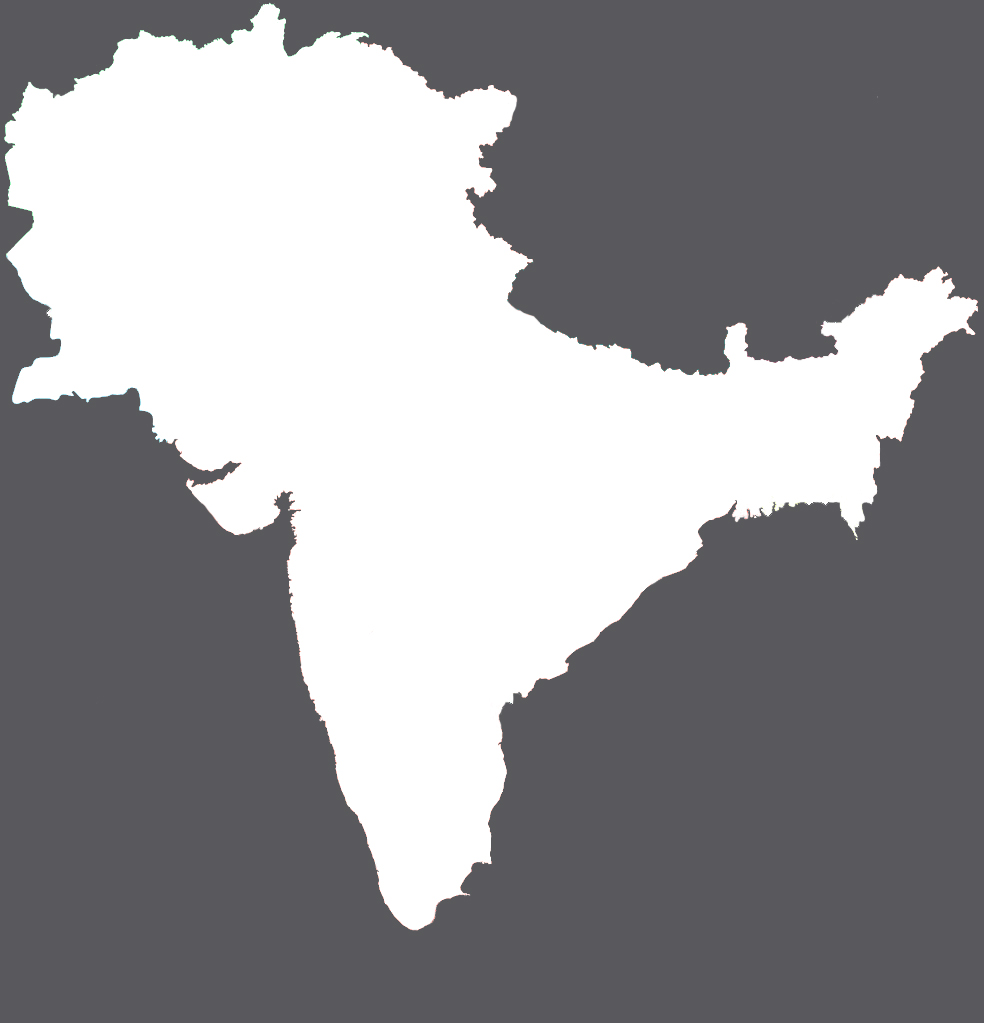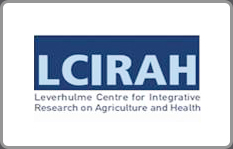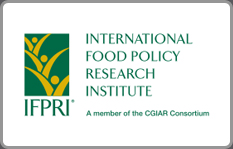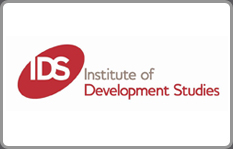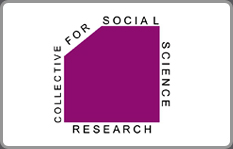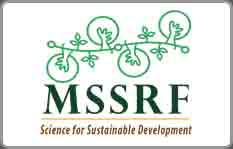There has been considerable attention to women’s work in nutritional studies, given women’s central role in child-bearing, child-care and child-rearing. Similarly, employment data indicates women’s high work-participation in agriculture – a phenomenon commonly known as the feminisation of agriculture, albeit as labourers and unpaid family workers, rather than independent cultivators.
Research Briefs

Gendered Time, Seasonality and Nutrition: Insights from two Indian districts
Published Date : Friday, August 18, 2017
Implementation of the ICDS in Chhattisgarh and Uttar Pradesh (India): a systemic study
Published Date : Friday, June 23, 2017The School of International Development – University of East Anglia, UK, undertook the study ‘India’s food security entitlements: implications for agriculture and nutrition’ awarded from LANSA’s first Responsive Window Call for Proposals. The study relies on qualitative methods in data generation and analysis at state level and in select districts of the states1 in India, and identifies barriers to effective implementation and mechanisms that enable better...
Value chain analysis in India to identify nutrition-sensitive interventions for improved maternal diets in India
Published Date : Monday, June 19, 2017University of Southampton undertook a study titled 'Identifying nutritionsensitive interventions to improve maternal diet quality in rural Indian settings using value chain analysis' supported by the Leveraging Agriculture for Nutrition in South Asia (LANSA) consortium. This study was awarded under LANSA’s first Responsive Window opportunity, and aims to develop an interdisciplinary framework linking value chain activities to nutrition in rural Maharashtra.
Strengthening fruit and vegetable supply-chain policies and programmes in India
Published Date : Friday, June 2, 2017Public Health Foundation of India (PHFI) undertook a study titled ‘Leveraging fruit and vegetable supply policies to tackle the dual burden of malnutrition in India’ supported by the Leveraging Agriculture for Nutrition in South Asia (LANSA) consortium awarded from the Call for Proposals under LANSA’s first Responsive Window opportunity. The study aims to analyse the policy environment related with fruit and vegetable (FV) supply in India to identify opportunities for policy...

Agriculture, nutrition and gender in India
Published Date : Monday, October 3, 2016The South Asian region and in particular India, has one of the highest rates of child undernutrition in the world, and is home to around 40 per cent of the global total of children who are stunted. Child stunting has been shown to have severe lifelong economic, health, and cognitive disadvantages and costs. Understanding the reasons for the persisting high prevalence of child undernutrition in India in the face of the relatively strong economic performance has emerged as an important research...

Agriculture-nutrition linkages and child undernutrition in India
Published Date : Monday, October 3, 2016The South Asian region has one of the highest rates of child and maternal undernutrition in the world. Undernutrition is widespread and persistent even in India despite its relatively strong economic performance and is high in rural areas and among those in agriculture based livelihoods. Though agriculture has the enormous potential to contribute to improvements in undernutrition , the evidence so far in the Indian context demonstrates weak linkages. Few studies in the past have focused on...

